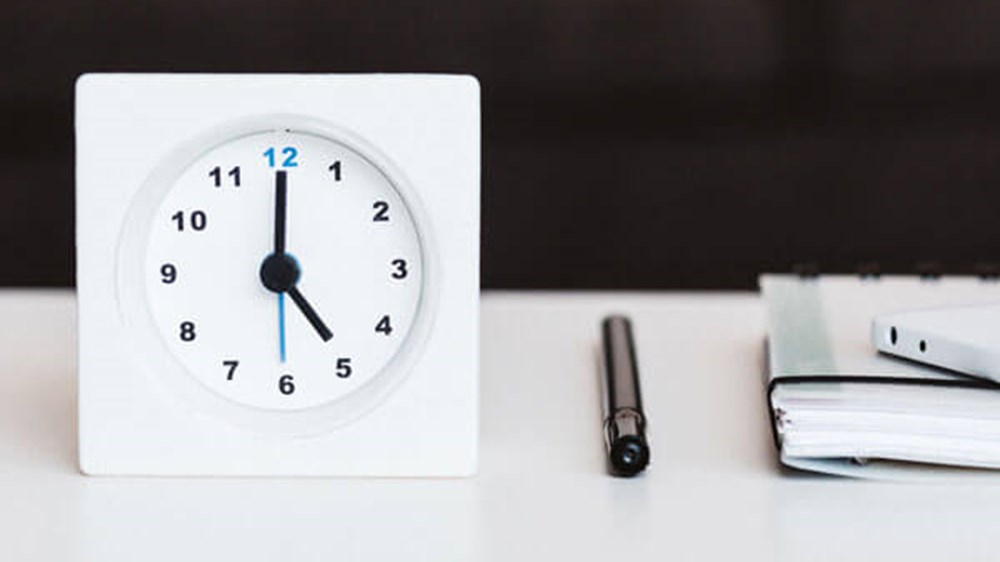Introduced in 1999 to replace Personal Equity Plans (PEPs) and Tax-Exempt Savings Accounts (TESSAs), ISAs could be a great way to save or invest money tax-efficiently.
Today, there are 4 main kinds of ISAs: Cash ISAs, Stocks and Shares ISAs, Innovative Finance ISAs, and Lifetime ISAs. Every tax year, you can open one each of these and use your annual allowance to benefit from tax-efficient saving and investing.
But before you decide how to use your ISA allowance, make sure you understand what it is and how it works. So, what is the annual ISA allowance?
It’s the total amount you can put in your ISA
Unlike traditional savings accounts or general investments which allow you to deposit as much as you want to, ISAs come with a threshold you can’t exceed. The amount of money you can put in during a tax year is limited and can vary from one year to another.
In 2016/17, the ISA allowance was £15,240, and rose to £20,000 in 2017/18; the 2025/26 allowance is set at £20,000.
Put it all in one ISA or split it
You can choose how to use your ISA allowance. You can put everything into one ISA or split your total allowance between a number of ISA accounts.
Whatever option you choose, remember that you can only put £4,000 in a Lifetime ISA each year. So, if you have a £20,000 ISA allowance, you could decide to keep £5,000 in a Cash ISA for quick-access in case of emergencies, £11,000 in a Stocks and Shares ISA for potential financial growth over the long-term, and £4,000 in a Lifetime ISA, if you are saving for a deposit for your first home, or later life.
It’s protected by a tax wrapper
Your annual ISA allowance is tax-efficient, which means there are certain taxes you don’t pay when you save or invest money via an ISA. For example, when you invest, you would typically pay a capital gains tax on any profit you make from selling shares, and income tax on dividends you receive over £1,0001 from company shares.
With an Investment ISA, you don’t pay capital gains tax or tax on UK income, and can keep everything after fees and charges are taken.
One ISA allowance per tax year
Each tax year starts on 6th April, so you have until then to make the most of your ISA allowance. When a tax year ends, you can no longer add extra funds to that year’s ISA allowance.
Let’s imagine you’ve invested £15,000 in a Stocks & Shares ISA in a given tax year and you don’t top up the extra £5,000 on time, you’ll lose the opportunity to invest that money tax-efficiently that tax year. So, use your ISA allowance before the end of the tax year!
Also, keep in mind that the real deadline is closer than you think! As you might know it can sometimes take a little while for your money to reach your new ISA providers, so it’s worth checking with them first.
It’s not affected by ISA transfers
ISA transfers – that is moving your old ISAs from one provider to another using the official transfer process – don’t affect your current year’s allowance. That means you can transfer as many old ISAs as you like and up to any value all into one place, if you want to tidy up your finances.
One thing to be aware of when you transfer an ISA is you MUST use the official transfer form.
References:
1: https://www.gov.uk/tax-on-dividends
Please remember the value of your investments can go down as well as up, and you could get back less than invested.
The tax treatment depends on your individual circumstances and maybe subject to change in the future.
Wealthify does not provide financial advice. Seek financial advice if you are unsure about investing.



